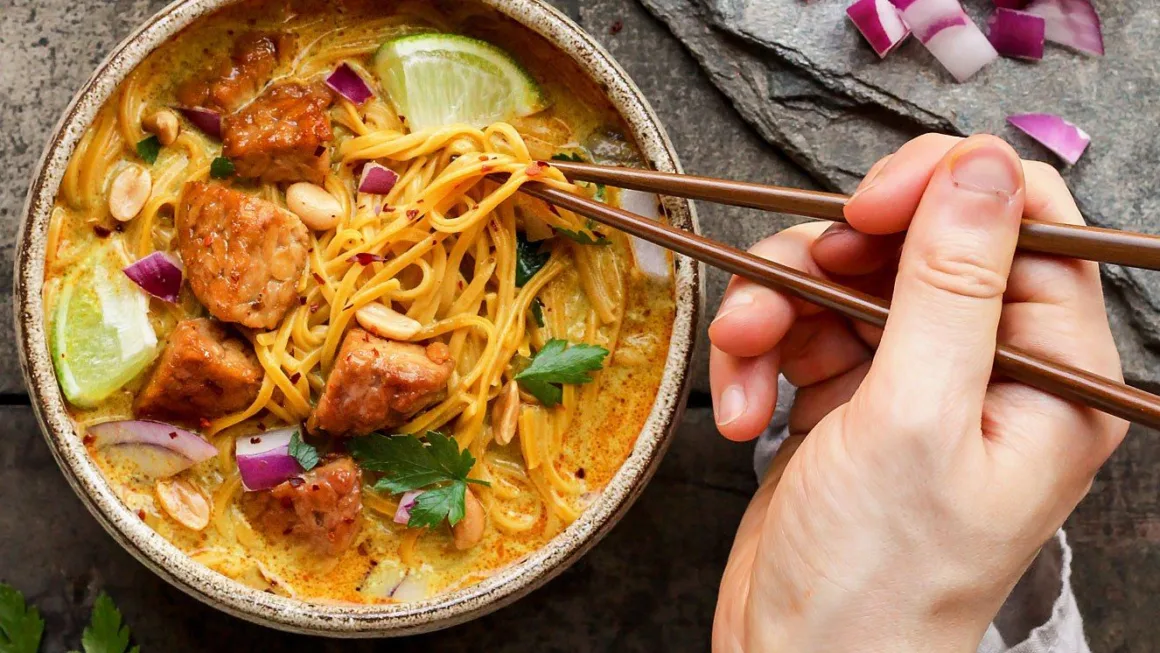Introduction
India, a land of diverse cultures, traditions, and vibrant hues, boasts a rich heritage of art and handicrafts that have captivated the world for centuries. The country’s artistic legacy is a testament to its historical, religious, and social influences, providing a kaleidoscopic view into the heart and soul of this ancient civilization. In this comprehensive exploration, we delve into the enchanting world of Indian art and handicrafts, unraveling the intricate threads that weave the tapestry of creativity across the nation.
Historical Roots of Indian Art
The roots of Indian art can be traced back to the ancient civilizations of the Indus Valley and the Vedic period, where artistic expression found its way into religious rituals, daily life, and monumental structures. Over the centuries, various dynasties and empires, such as the Mauryas, Guptas, Cholas, and Mughals, have left an indelible mark on the artistic landscape of India. Each era brought forth unique styles, techniques, and motifs that continue to influence contemporary artisans.
Handicrafts: A Living Tradition
Indian handicrafts represent a living tradition that has been passed down through generations. Skilled artisans, often working within family units or dedicated craft communities, employ traditional techniques handed down from their ancestors. This heritage is not just a means of livelihood; it’s a source of pride, a connection to the past, and a bridge to the future. From the bustling bazaars of Jaipur to the serene villages of Kutch, each region contributes distinct handicrafts, creating a mosaic of creativity.
Textiles and Embroidery
Indian textiles are revered for their intricate designs, vibrant colors, and luxurious fabrics. The art of weaving is deeply ingrained in the cultural fabric of India, with regions like Varanasi, Banaras, and Pochampally being famous for their silk and cotton sarees. Handloom weaving, block printing, and tie-and-dye techniques result in exquisite patterns and designs that tell stories of heritage and tradition.
Embroidery, another jewel in the crown of Indian handicrafts, showcases unparalleled craftsmanship. The delicate threadwork of Chikankari from Lucknow, the vibrant mirror embroidery of Gujarat, and the elaborate Phulkari of Punjab are just a few examples of the diverse embroidery styles that have adorned Indian textiles for centuries.
Metalwork and Sculptures
Metalwork in India has a rich history dating back to the ancient period. The intricate craftsmanship of bronze and brass statues, utensils, and ornaments showcases the technical prowess of Indian artisans. The Chola bronzes, dating back to the 9th and 10th centuries, are celebrated for their lifelike depictions of deities. In contemporary times, cities like Moradabad and Jaipur are renowned for their brassware, offering a blend of traditional and modern designs.
Sculpture, an integral part of Indian art, has manifested itself in various forms. The ancient temples of Khajuraho and the exquisite sculptures of Ellora and Ajanta caves stand as timeless examples of India’s sculptural brilliance. Today, skilled artisans continue to carve intricate designs on stone, wood, and metal, preserving a tradition that spans millennia.
Pottery and Ceramics
The potter’s wheel has spun tales of creativity and innovation in India for centuries. From the rustic terracotta pottery of rural villages to the ornate blue pottery of Jaipur, the diversity in styles is a testament to the versatility of Indian craftsmanship. The famed studio pottery of Puducherry and the traditional art of making earthenware in Khurja showcase the continuum of pottery traditions across the country.
Ceramics, with their fusion of functionality and aesthetics, have also carved a niche in the contemporary Indian art scene. Studio potters experiment with glazes, shapes, and forms, producing unique pieces that bridge the gap between tradition and modernity.
Woodwork and Furniture
Indian woodwork and furniture are characterized by intricate carvings, elaborate designs, and a harmonious blend of functionality and aesthetics. The wooden architecture of Rajasthan, with its ornate doors and windows, exemplifies the skill of Indian woodworkers. Saharanpur, known for its intricately carved wooden furniture, continues to be a hub for exquisite craftsmanship.
Contemporary designers are also reimagining traditional woodwork, creating a fusion of classic and modern styles. The evolving trends in wooden furniture reflect a dynamic synthesis of heritage and innovation.
Jewelry Making
Indian jewelry has adorned both royalty and commoners for centuries, embodying the cultural and social identity of diverse communities. Each region has its distinctive style, be it the intricate Kundan jewelry of Rajasthan, the temple jewelry of South India, or the tribal jewelry of the Northeast. Goldsmiths and silversmiths employ ancient techniques like filigree, enameling, and granulation to craft timeless pieces that transcend generations.
The Modern Renaissance of Indian Art
While preserving traditional art forms is crucial, the contemporary Indian art scene is witnessing a renaissance marked by innovation and experimentation. Young artists are embracing digital mediums, installations, and multimedia formats to express their creativity, addressing contemporary issues and engaging with global art trends. Art festivals, galleries, and online platforms provide a stage for emerging talents, fostering a dynamic dialogue between tradition and modernity.
Promoting Sustainable Practices
As the world grapples with environmental concerns, the Indian art and handicrafts sector is also making strides towards sustainability. Artisans are increasingly turning to eco-friendly materials, natural dyes, and sustainable practices to create products that not only showcase their skill but also respect the environment. Organizations and initiatives are emerging to promote ethical trade practices, ensuring that artisans receive fair compensation for their work.
Preserving Heritage in the Digital Age
In the digital age, the internet has become a powerful tool for showcasing and preserving India’s artistic heritage. Online platforms connect artisans directly with consumers, eliminating intermediaries and ensuring a fairer share of profits for the creators. Virtual museums and digital archives enable people around the world to explore and appreciate India’s rich artistic legacy, transcending geographical boundaries.
Conclusion
The art and handicrafts of India are a testament to the country’s cultural richness and artistic legacy. From ancient traditions that have withstood the test of time to the contemporary expressions of a new generation of artists, the tapestry of Indian creativity continues to evolve. As we navigate the intricate threads of Indian art, we not only witness the vibrancy of colors and craftsmanship but also glimpse into the stories, traditions, and spirituality that have shaped this extraordinary journey. The fusion of tradition and modernity, coupled with a commitment to sustainable practices, ensures that the artistic heritage of India remains a source of inspiration for generations to come.





